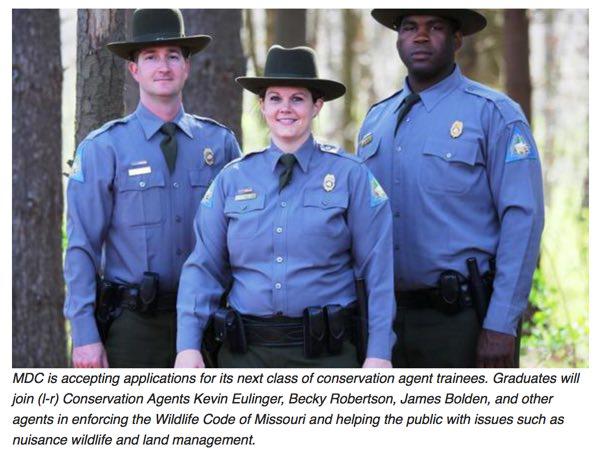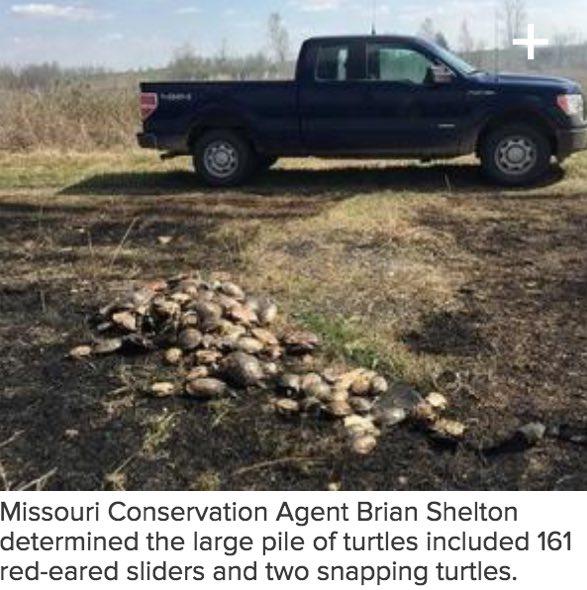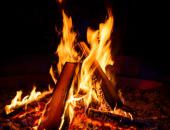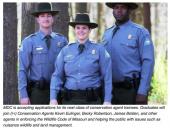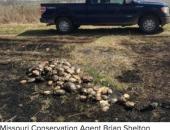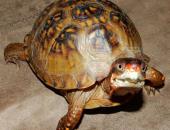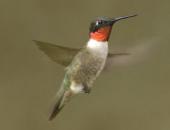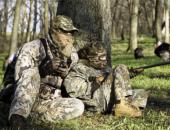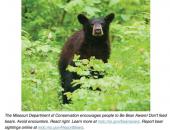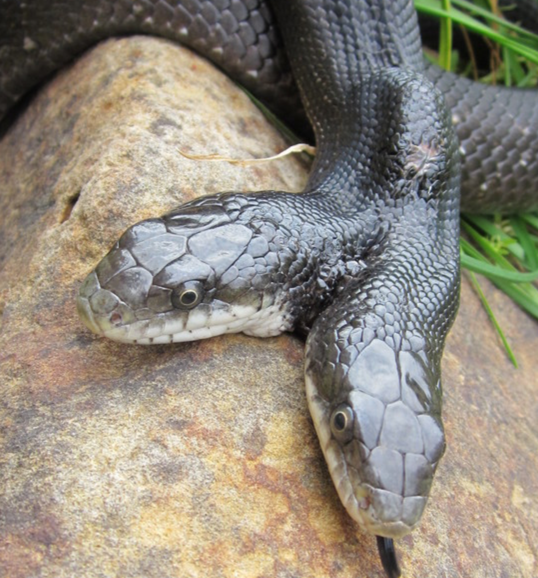
MDC's Cape Nature Center’s two-headed black rat snake turns 15
Catch a glimpse of the snake devouring her weekly meal.
Cape Girardeau, MO - It’s quite the accomplishment for a female black rat snake with four eyes, two tongues, and two brains to survive over a decade – and you can visit her in all her uniquely-conjoined reptile glory every Tuesday through Saturday at Missouri Department of Conservation’s (MDC) Cape Nature Center.
MDC naturalist Alex Holmes said conjoined twinning occurs roughly one in every 100,000 black rat snake births. In the wild, those that survive probably wouldn’t be able to escape predators due to their body’s lack of dominate leadership, he said.
“It’s very unlikely that these sisters would have survived in the wild as they seem to get confused with which direction to go,” Holmes said.
The roughly 15-year-old snake was originally found in Delta in 2005.
During feeding times, the two heads will fight over their once-a-week frozen mice meal provided by Cape Nature Center staff, he said, and the routine consists of covering one head with a small cup as the other head feeds. She can consume 10 tiny thawed mice in one sitting.
“We feed both heads even though they share a digestive tract because we believe it is good to stimulate them both,” Holmes said.
A rat snake her size would be able to eat adult mice with no problem, he said. But the snake is only fed tiny frozen mice due to a deformity in the snake’s conjoined spine which restricts the size of prey it can swallow.
Cape Nature Center visitors can catch a glimpse of the snake devouring her weekly meal of frozen mice the second Thursday of each month during “Feeding Frenzy." The next virtual Feeding Frenzy event will be Oct. 8 at 1 p.m.
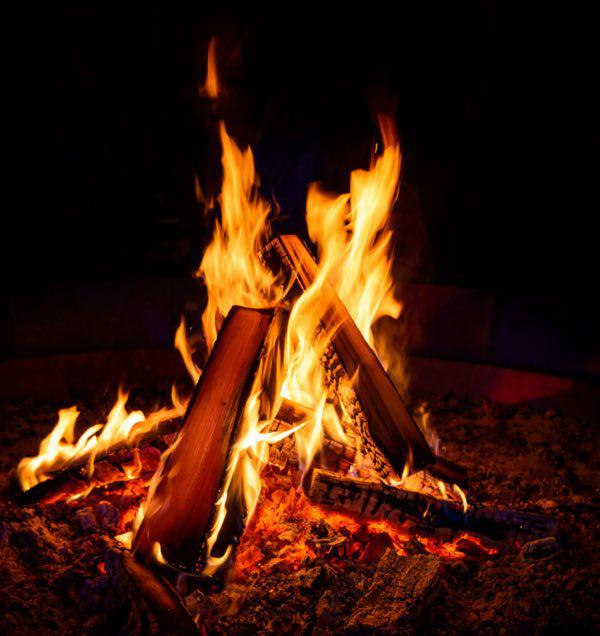
Be careful with fireworks, campfires, other sources of fire that could cause a wildfire.
FIREWORKS ARE NOT ALLOWED ON MDC AREAS.
Jefferson City, Missouri - As people celebrate this summer, the Missouri Department of Conservation (MDC) reminds everyone to be extremely careful with fireworks, campfires, and other sources of fire that could cause a wildfire.
FIREWORKS
Don’t light fireworks in any areas where the sparks could ignite dry grass, leaves, or other potential fire fuel. Always have an approved fire extinguisher and an available water supply to douse sparks or flames. Wet the area around where fireworks are being discharged. Check with local ordinances and authorities for bans on fireworks and open burning.
OUTDOOR BURNING
Don’t burn during wrong conditions. Dry grass, high temperatures, low humidity, and wind make fire nearly impossible to control. Check with local fire departments regarding burn bans that may be in place. A person who starts a fire for any reason is responsible for any damage it may cause.
DRIVING OFF ROAD
Wildfires can start when dry fuel, such as grass, comes in contact with catalytic converters. Think twice before driving into and across a grassy field. Never park over tall, dry grass or piles of leaves that can touch the underside of a vehicle. When driving vehicles off road, regularly inspect the undercarriage to ensure that fuel and brake lines are intact and no oil leaks are apparent. Always carry an approved fire extinguisher on vehicles that are used off road. Check for the presence of spark arresters on ATV exhausts.
MAKING A CAMPFIRE
Clear a generous zone around fire rings. Store unused firewood a good distance from a campfire. Never use gasoline, kerosene, or other flammable liquid to start a fire. Keep campfires small and controllable. Keep fire-extinguishing materials, such as a rake, shovel, and bucket of water, close. Extinguish campfires each night and before leaving camp, even if it’s just for a few moments.
CALL FOR HELP
Call 911 at the first sign of a fire getting out of control.
REPORT FOREST ARSON
Wildfires are sometimes set by vandals. Help stop arson by calling 800-392-1111 and reporting any potential arson activities. Callers will remain anonymous and rewards are possible.
MANAGED FIRE
Fire used in the wrong way can create disasters. Used in the right way, fire can help create habitat for wildlife.
